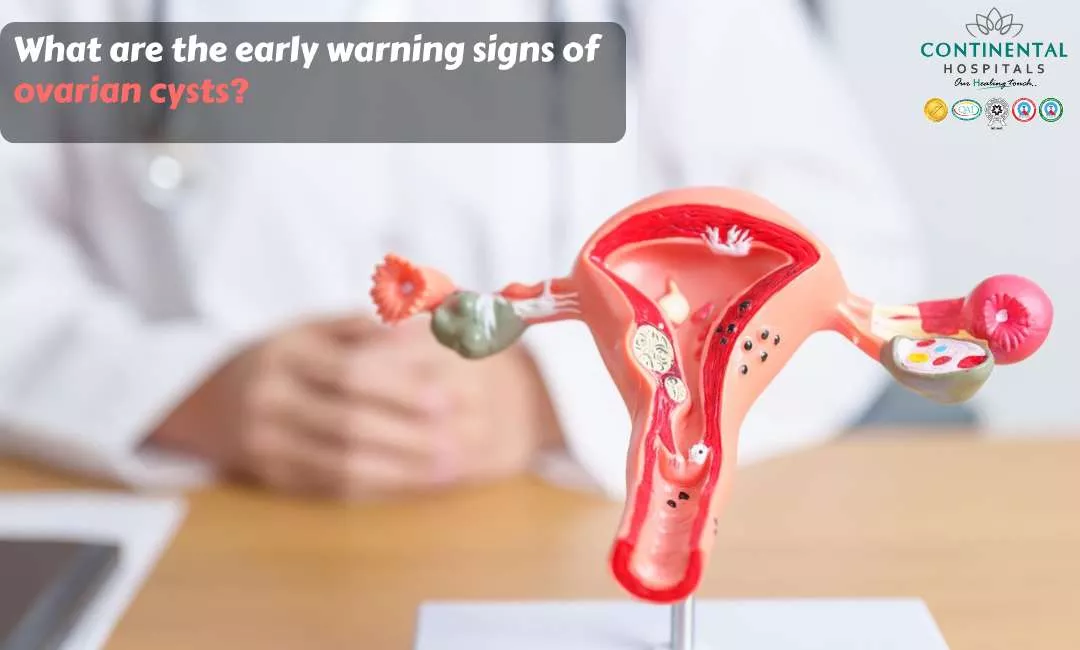Colon cancer, also known as colorectal cancer, is one of the most common types of cancer worldwide. It develops in the colon or rectum, which are parts of the digestive system. The prognosis and treatment options for colon cancer largely depend on the stage at which it is diagnosed. Understanding the stages of colon cancer—from diagnosis to treatment—is crucial for patients, caregivers, and healthcare professionals alike. In this comprehensive guide, we will delve into the various stages of colon cancer, their characteristics, diagnostic methods, and treatment approaches.
Understanding Cancer Staging
Staging in colon cancer refers to the process of determining the extent to which the cancer has spread within the colon and to other parts of the body. It involves evaluating various factors such as tumor size, depth of invasion, lymph node involvement, and metastasis to distant organs.
Consult with an Oncologist or Gastroenterologist who can help you understand the benefits of early detection of Colon Cancer.
TNM Staging System
TNM staging system is the most commonly used system for staging colon cancer. It classifies tumors based on three key parameters:
Tumor (T): This parameter describes the size and extent of the primary tumor within the colon. It evaluates factors such as tumor size, invasion into surrounding tissues, and involvement of nearby structures.
Lymph Nodes (N): The N category indicates whether the cancer has spread to nearby lymph nodes. Lymph node involvement is a critical factor in determining the stage of colon cancer and helps predict the risk of disease recurrence.
Metastasis (M): Metastasis refers to the spread of cancer to distant organs or tissues beyond the colon. The presence or absence of metastasis greatly influences the stage of the disease and treatment decisions.
Each factor is assigned a number (T0-4, N0-3, M0-1) based on the severity. Combining these numbers gives a more comprehensive picture of the cancer stage, ranging from Stage 0 (early) to Stage IV (advanced).
Stages of Colon Cancer
Stage 0 (carcinoma in situ): At this stage, cancer is confined to the innermost layer of the colon or rectum lining. It hasn't invaded deeper layers or spread beyond the mucosa.
Stage I: Cancer has grown through the mucosa and invaded the muscular layer of the colon or rectum wall but hasn't spread to nearby lymph nodes or distant sites.
Stage II: Cancer has spread beyond the muscular layer to the outer layers of the colon or rectum wall but hasn't reached nearby lymph nodes or distant sites.
Stage IIA: Cancer has invaded through the muscular layer into the subserosa (the layer surrounding the colon or rectum) but hasn't spread to nearby lymph nodes.
Stage IIB: Cancer has invaded through the serosa (the outermost layer) into nearby tissues or organs but hasn't spread to nearby lymph nodes.
Stage IIC: Cancer has invaded through the serosa into nearby tissues or organs and has spread to nearby lymph nodes.
Stage III: Cancer has spread to nearby lymph nodes but hasn't metastasized to distant sites.
Stage IIIA: Cancer has spread to nearby lymph nodes but only in the area close to the primary tumor.
Stage IIIB: Cancer has spread to nearby lymph nodes, including those farther from the primary tumor but not to distant sites.
Stage IIIC: Cancer has spread to nearby lymph nodes, and the affected lymph nodes are located further from the primary tumor or have become larger.
Stage IV: Cancer has metastasized to distant organs or tissues, such as the liver, lungs, or other organs beyond the colon or rectum.
Diagnosis of Colon Cancer
Several tests and procedures can help diagnose colon cancer and determine its stage. These may include:
Medical History and Physical Examination: The doctor will inquire about your symptoms, risk factors, and medical history. They will then conduct a physical examination, including a digital rectal exam, to check for any abnormalities.
Blood Tests: Blood tests may be performed to check for certain markers associated with colon cancer, such as carcinoembryonic antigen (CEA) levels. Elevated levels of CEA may indicate the presence of cancer, though this marker is not specific to colon cancer and can be elevated in other conditions as well.
Imaging Studies:
Colonoscopy: This is the most common and reliable test for diagnosing colon cancer. A flexible tube with a camera is inserted into the rectum and guided through the colon, allowing the doctor to examine the lining of the colon for any abnormalities or polyps. If suspicious areas are found, biopsies can be taken for further examination.
CT Scan: A computed tomography (CT) scan of the abdomen and pelvis may be performed to evaluate the extent of the cancer and whether it has spread to nearby lymph nodes or other organs.
MRI: Magnetic resonance imaging (MRI) may be used in some cases to provide detailed images of the colon and surrounding structures.
Biopsy: If suspicious areas are identified during a colonoscopy, the doctor will typically take tissue samples (biopsies) for analysis under a microscope. A pathologist will examine the tissue samples to determine if cancer cells are present and, if so, to characterize the cancer's type and grade.
Staging: If colon cancer is diagnosed, further tests may be done to determine the stage of the cancer, which helps guide treatment decisions. Staging may involve additional imaging studies, such as chest X-rays or PET scans, to assess whether the cancer has spread to other parts of the body.
Treatment Options by Stage
Surgery: Surgery is often the primary treatment for colon cancer. The surgeon removes the tumor along with surrounding healthy tissue and nearby lymph nodes. In some cases, a colostomy may be necessary, which involves creating an opening in the abdomen for waste to pass through if the lower part of the colon is removed.
Chemotherapy: Chemotherapy involves using drugs to kill cancer cells or stop them from growing. It is often used after surgery to kill any remaining cancer cells or to shrink tumors before surgery (neoadjuvant chemotherapy). It can also be used in advanced stages of colon cancer to help control the disease.
Radiation therapy: Radiation therapy uses high-energy beams to kill cancer cells. It is not commonly used for colon cancer but may be recommended in certain situations, such as when the cancer has spread to nearby organs or if surgery is not possible.
Targeted therapy: Targeted therapy drugs attack specific abnormalities within cancer cells. They may be used alone or in combination with chemotherapy for advanced colon cancer that has specific genetic mutations.
Immunotherapy: Immunotherapy works by helping the body's immune system recognize and attack cancer cells. It is primarily used for advanced colon cancer that has specific biomarkers, such as microsatellite instability-high (MSI-H) or mismatch repair deficiency (dMMR).
Palliative care: Palliative care focuses on providing relief from symptoms and improving the quality of life for patients with advanced colon cancer. It may include pain management, nutrition support, and emotional support for patients and their families.
Navigating the stages of colon cancer—from diagnosis to treatment—can be overwhelming, but understanding the process is essential for informed decision-making and optimal outcomes. With advancements in medical technology and treatment options, many individuals diagnosed with colon cancer can lead fulfilling lives. By staying informed, seeking appropriate medical care, and adopting healthy lifestyle habits, individuals can better manage their journey through colon cancer and beyond.
Consult with an Oncologist or Gastroenterologist who can help you understand the benefits of early detection of Colon Cancer.
Related Blog Topics:
1. What Is Cancer? Symptoms, Signs, Types & Causes
2. Early Detection Tips for Common Cancers
.webp)














